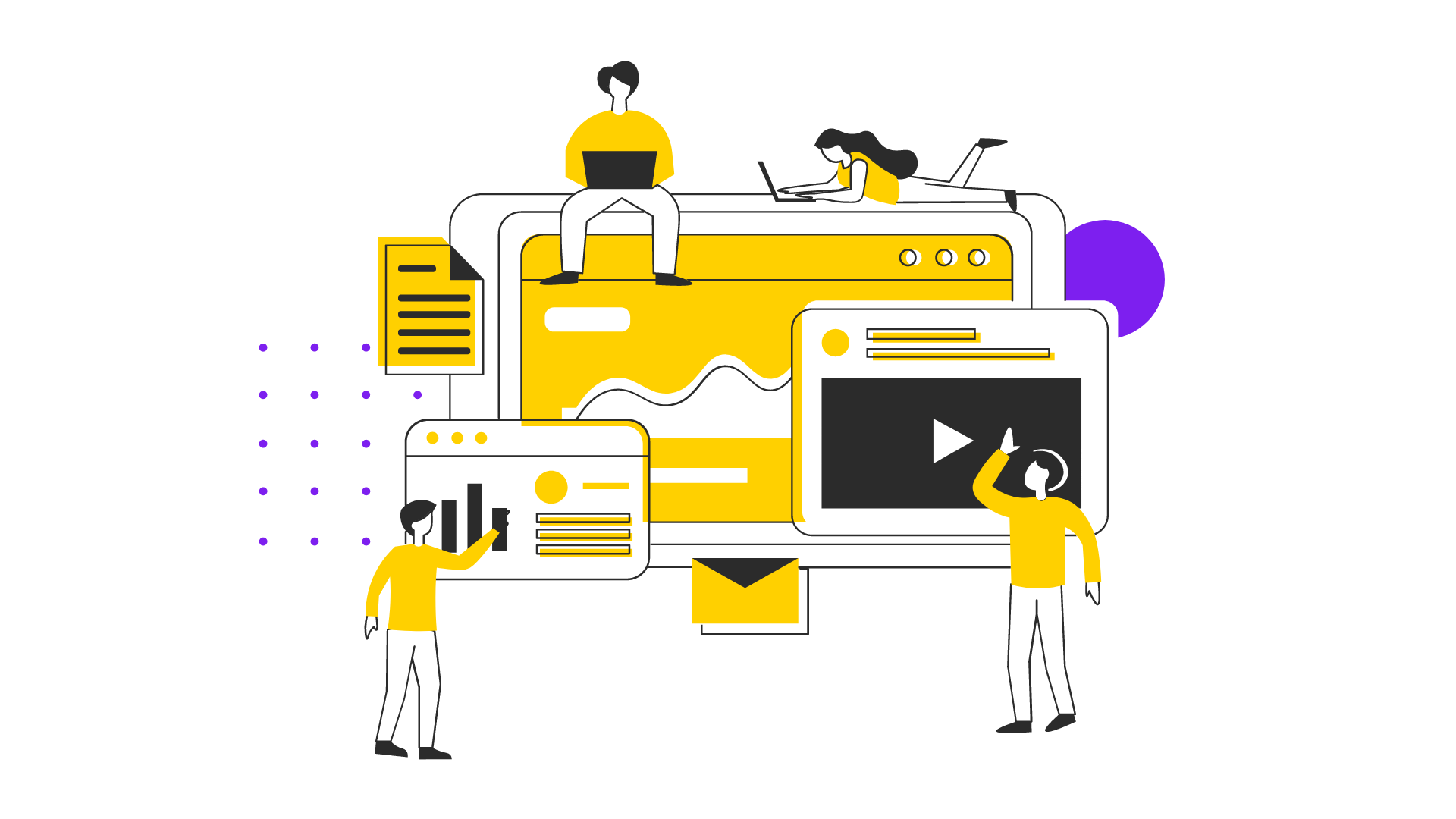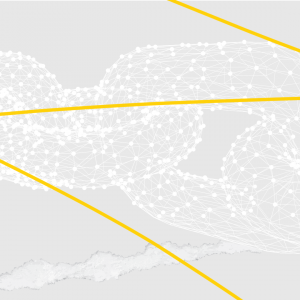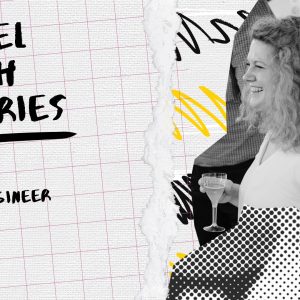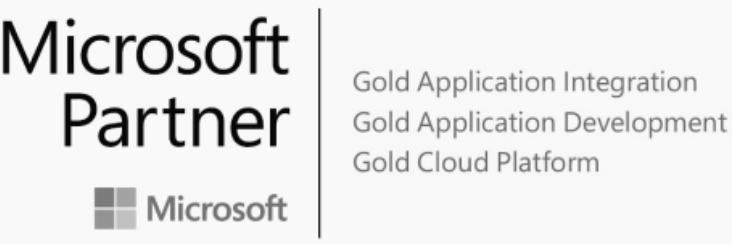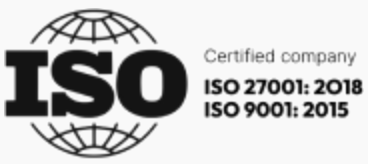Alright, so technology took over the world. It is at the core of every great big company out there. Microsoft, Apple, IBM, you name it, and as far as I know, this isn’t going to change. At least not soon.
Companies that started as offline businesses a decade ago are now relying on technology to generate revenue and bring more business to the table. Take a quick look at eCommerce, and numerous times it proved the value software brings to the retail scene.
Today, technology helps businesses generate more, bringing exposure and making them more accessible to people like you and me. But to achieve this, software needs to be more than just a few lines of code well kept into a repository. For users to make their lives and jobs depend on it, it needs to be more than just functional. It needs to create emotion, blend into the everyday environment, solve real-deal problems, and tell you a little story while it does all that.
So how do you build digital products that have the power to blend in everyday life?
Some might tell you it’s all in the process, and we are not here to cancel this out. Processes are essential, as they can give you tested ways of doing good work. At RebelDot, we are huge advocates of the agile methodology for building software that is efficient and relevant.
In reality, every digital product is different, and there are times when being wedded to a specific process won’t do any good. Over the years we found out the importance of being able to first understand the particularities of the project you’re working on then try to apply a methodology for developing it.
In this article, I am going to shed light on the agile software development methodology and the way in which we, at RebelDot, build digital experiences by following a few important principles.
What does it mean to follow an agile software development methodology?
Although we have tackled this topic before, for the sake of context, we’ll go ahead and give the entire agile concept another look.
AGILE = the ability to create and respond to change. A way of dealing and succeeding in a fairly turbulent environment; the ability to adapt.
Translating this entire concept of being agile into the product development world, we see how being Agile means adopting an iterative approach to product management and software development, helping teams deliver value for customers at a fast pace.
Instead of big reveals and big bang launches, an agile team develops in small iterations.
We love the concept of agile for the transparency and stakeholder involvement that it preaches. Building web and mobile apps in an agile manner provides a unique opportunity for clients to be involved throughout the project.
From prioritizing features to iteration planning and review sessions to frequent software builds containing new features, working agile allows full transparency over the entire software development process.
This might be our favorite – working agile allows for changes to appear throughout the process. In the ever-changing business environment, we live in today, your users’ needs and wants change as days pass by. Being open to understanding and responding to the evolving behavior of your audience is key to running a successful business.
Last but not least, following an agile methodology helps you focus on your users. We tell you this because we know how easy it is to fall into the trap of building on assumptions, overlooking the expectations of your user base. To fully understand this, you can read the article we wrote, tackling the importance of the Minimum Viable Product for startups.
Is agile methodology the absolute?
At RebelDot, we like to take things one step at a time, and we use the agile methodology as a framework, making sure to adapt every time the product we build does not benefit from the exact process structure we have on paper.
We have lived and breathed agile for so long that we have now made it part of our culture, going beyond software development.
After over a decade of building web and mobile apps, we have created a development process that helps us make sure that whatever the niche, the products we work on benefit from successful launches. Here’s what it looks like:
The RebelDot way of building web and mobile apps
1. Meet and greet
Not going to lie; this might be our favorite step of the journey. We get to meet a lot of people who come to us with some of their craziest of ideas, business goals, and wishes. We sit to talk and ask a lot of questions. It’s because we want to make sure we know all that is about the product and the people we are about to work with.
We write down all the critical bits and bringing up questions like What business goals and objectives are you trying to solve? What challenges do we need to overcome? Who are the target users? We then put it all together in something we call a creative brief or product documentation. Often, we found out that answering these questions brings up misalignments. And when we do find misalignments, we suggest getting into a Product Discovery Workshop with you thick of it like a little intervention.
What is the Product Discovery Workshop? It’s a one to three days workshop in which we take clients through every step of the digital product discovery process: industry and market, competition, user personas, user flow and challenges. It is a mind-melting process between our clients and our team. At the end of it, they have all the documentation ready, together with wireframes and a product timeline that will give a rough idea of all the creative effort involved in building the product.
2. User Experience & User Interface Design
We know our users, and most importantly, we have identified their needs, wants, and frustrations.
Before moving any further, I’ll go ahead and place a little more emphasis on the need factor. From a market perspective, for a digital product to thrive, it has first to find a need and come up with a way to supply it.
At RebelDot, the UX process starts with the same need or problem we mentioned above. Taking a look at the case of Google Maps, they identified a potential problem and came up with a solution. Today, they make navigating from point A to B faster and easier.
In short, the UX process comes with the purpose of asking one question “How do we get the user to perform an action in the most human-centered possible way?”
What looks good tastes good, so we combine practicality with a little bit of art and a pinch of psychology to add some color and spark to the wireframes of your digital product.
3. App Development
RebelDot has 60 developers in-house, and we do both web and mobile development. We worked on several web and mobile apps from a wide array of industries, and when we get our hands on a project, we deal with it inhouse from strategy, all the way to launching it on the market.
We make sure that the people working on the project don’t have to deal with big handoffs. Instead, we encourage collaboration and the so-called ping-pongs across teams.
Clients get to meet the entire team that works on the project, and since we’re not fans of great reveals after immersing ourselves in months of work, we’d want them as involved as possible.
4. App Launch
The first development phase is over. By now, clients should have a Minimum Viable Product waiting to be launched and find its way into the hands of users. It’s the perfect time to observe the way users interact with the product and write down the feedback so that we can iterate on it afterward.
We’ll look at how users interact with the app, the time it takes for them to familiarise themselves with it, and if there’s a way to make the entire experience more humane and intuitive, we’ll do it.
Final words
As linear as it might seem, the software development process we follow can become pretty much like a zig-zag or a circular process of builds and tests. It’s because, at times, we have to experiment with building something that has never been built before, or we want to improve what’s already on the market. Hence, in reality, the process we just went through seldom stops with launching a web or a mobile application but carries on with improving the new product.
You made it till here! We took you through our software development process and told you that one crucial ingredient when building a digital experience is building with your user in mind. We do that by extensively researching your users and by adding a little bit of empathy in everything we do.
